Need more extensive help? Upwork has freelance developers specializing in WordPress you can hire by the hour (usually ~$20-$30) or for a fixed price. You can learn more about hiring freelancers on Upwork here.
Now, you need to install your theme and plugins on your website, which you can learn to do here. Installing a theme and plugins gives you the ability to import a website into WordPress that’s already pre-made, so all you have to do is edit it.
Once you’ve purchased a theme you like, you can find it on the Downloads page of the account you just created. To download your theme, click Download next to the theme you just purchased, then select Installable WordPress file only. Save the file to your desktop.
You may then be redirected to install some required plugins. If not, on the sidebar select Appearance > Install Plugins. Then click install under each plugin listed and, once they’re installed, Activate them. You can learn how to install plugins here.
Your WordPress Dashboard is where you can make changes to your site. There’s a good overview of it here, but the primary elements you should know about are:
These are the main pages on your website, including your homepage, services you offer, and locations you serve. For more info, see: How To Add Pages & How To Use The WordPress Editor.
This video provides a good overview of how to customize themes. WPLearningLab is a great resource if you run into issues.
But before you customize your website, you need to understand how to structure your website – or how to optimize it for search engines like Google. This is also called SEO, or Search Engine Optimization.
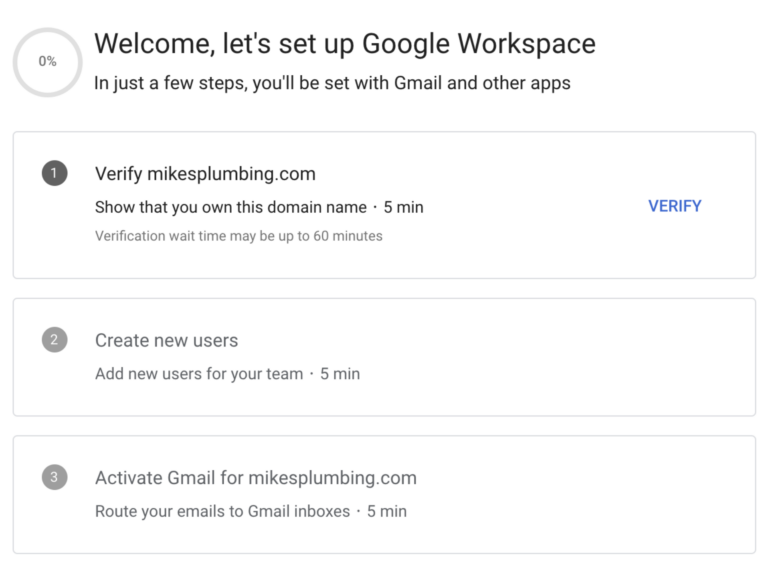
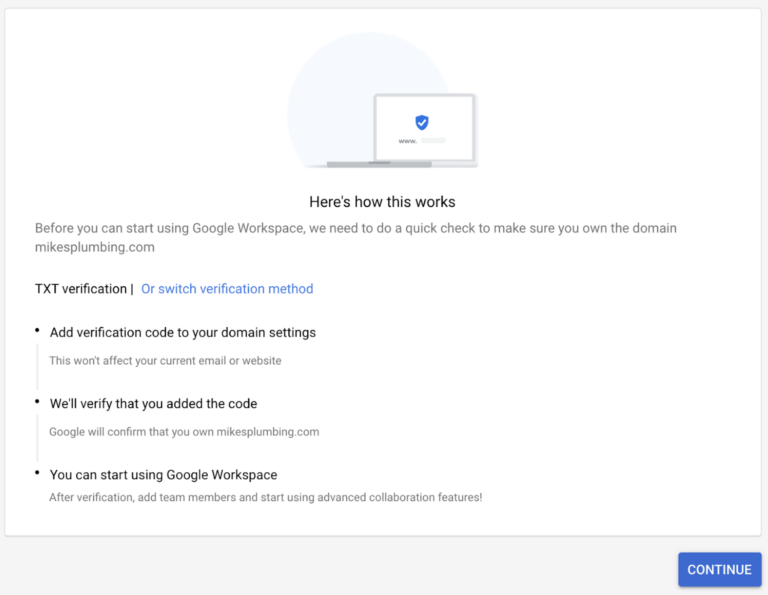


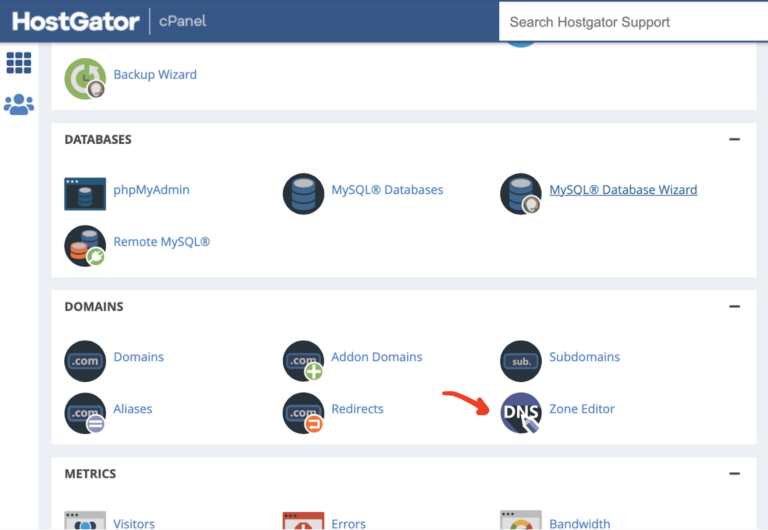

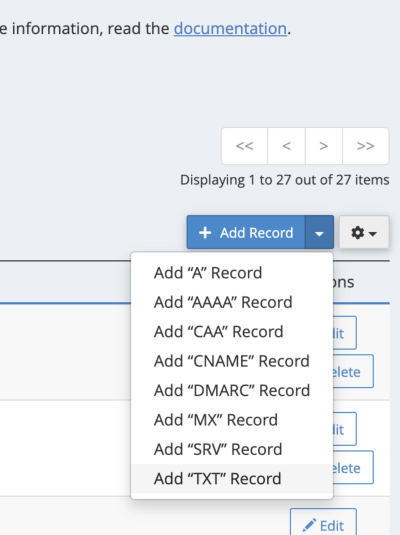

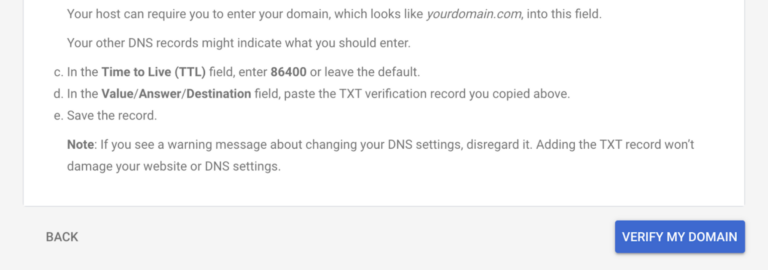
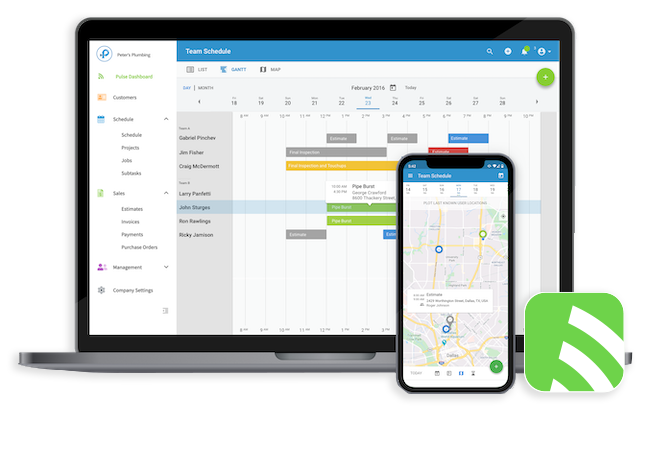
Get top-rated features and support for a fraction of the price with FieldPulse’s all-in-one business management software for tradesmen.